Apple //e
Game Information
| manufacturer | Apple Computer |
| year | 1983 |
| cloned by | ace2200 apple2ede apple2ee apple2eede apple2eefr apple2ees apple2eese apple2eeuk apple2efr apple2ep apple2epde apple2epfr apple2epse apple2epuk apple2ese apple2euk mprof3 prav8c spectred |
| genre | N/A |
| downloads | 298 |
Screenshots










Download Details
| split set | apple2e.zip 15.62k |
| bios/device | votrsc01a.zip 590.00b |
| bios/device | a2diskiing.zip 371.00b |
| bios/device | d2fdc.zip 262.00b |
| merged set | apple2e.7z 42.09k |
| standalone set | apple2e.7z 14.83k |
| artwork | apple2e.zip 1.67m |
Driver Details
| source | apple/apple2e.cpp |
| status | good |
| emulation | good |
| savestate | supported |
Screen Details
| display | screen |
| type | raster |
| orientation | horizontal |
| width | 560px |
| height | 192px |
| refresh | 60mhz |
Input Details
| player | 1 |
| type | keyboard |
| buttons | 63 |
| directions | N/A |
Chipset Details
| name | MOS Technology 6502 |
| clock | 0.97mhz |
| name | Speaker |
| clock | N/A |
| name | Filtered DAC |
| clock | N/A |
| name | Speaker |
| clock | N/A |
| name | AY-3-8913 PSG |
| clock | 0.98mhz |
| name | AY-3-8913 PSG |
| clock | 0.98mhz |
| name | Votrax SC-01-A |
| clock | 0.98mhz |
| name | Speaker |
| clock | N/A |
| name | Floppy sound |
| clock | 43.07khz |
| name | Speaker |
| clock | N/A |
| name | Floppy sound |
| clock | 43.07khz |
| name | Cassette |
| clock | N/A |
ROM Details
| name | size | crc |
|---|---|---|
| 342-0133-a.chr | 4.00k | b081df66 |
| 342-0133-a.chr | 4.00k | b081df66 |
| 342-0135-b.64 | 8.00k | e248835e |
| 342-0134-a.64 | 8.00k | fc3d59d8 |
| 342-0132-c.e12 | 2.00k | e47045f4 |